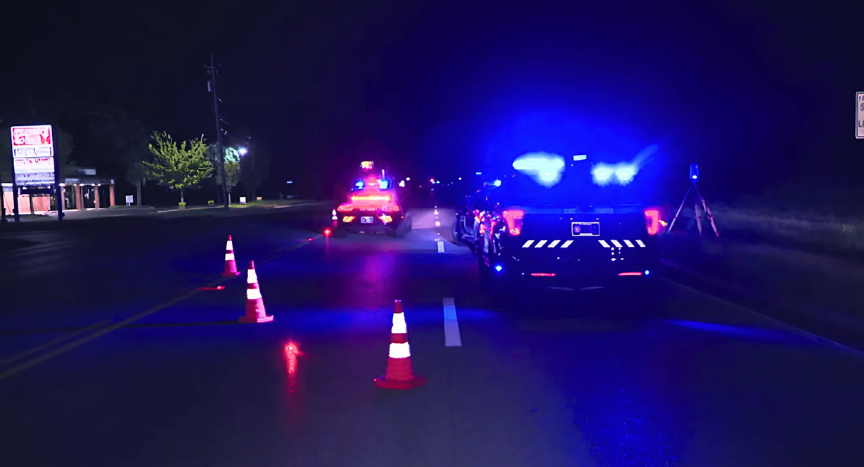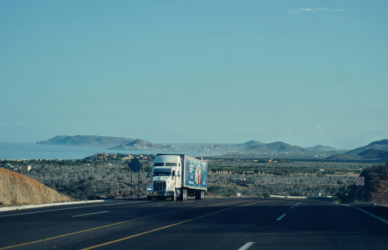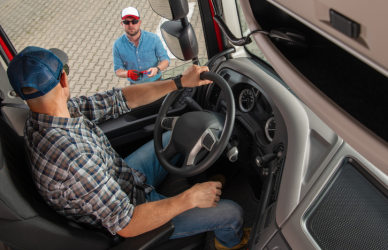Legislation requiring drivers to move over or slow down for stationary vehicles is expanding across the United States. With all states having implemented a form of this rule since 2012, many have begun broadening the scope of protections to include more types of vehicles and road users, improving safety for everyone on the road.
Between 2013 and 2023, the National Highway Traffic Safety Administration reported approximately 3,500 fatalities involving individuals standing near disabled vehicles. These troubling numbers have prompted state lawmakers to pursue updates to move-over laws, providing greater coverage and clarity. Here’s a look at how several states are advancing their road safety statutes.
Kansas
Kansas has recently broadened its move-over legislation. Governor Laura Kelly signed a law expanding protections that previously applied to emergency vehicles, law enforcement, and utility trucks. The updated rule now includes any stopped, standing, or parked vehicle displaying hazard lights, road flares, cones, reflective triangles, or other caution signals.
Colonel Erik Smith of the Kansas Highway Patrol explained that the law aligns the state’s safety message to simplify public understanding. “It aligns our message across the board – if you see flashing lights, move over and slow down,” Smith testified before the Senate committee.
Governor Kelly emphasized the importance of these changes, saying, “Thanks to this commonsense bill, all drivers will now be required to move over or slow down if there is a vehicle on the side of the road with flashing lights. This bill will improve safety and will make it easier to educate the driving public.”
West Virginia
West Virginia lawmakers are advancing move-over provisions to include additional vehicles. Current law requires motorists to slow down or change lanes for emergency vehicles with their lights activated.
Proposed legislation (HB2344) seeks to protect maintenance vehicles and any stationary vehicle displaying warning signals, such as flashers, flares, or reflective markers. With support from state representatives, the measure now heads to the Senate Transportation and Infrastructure Committee for further consideration.
California
California is among the states pushing for further move-over protections. Current law requires drivers to move over or reduce speed for emergency vehicles, tow trucks, and Caltrans vehicles.
Assembly Bill 390 (AB 390) aims to include all marked highway maintenance vehicles and any other stationary vehicle displaying flashing hazard lights or safety signals, such as cones, flares, or reflective devices.
Assemblymember Lori Wilson remarked that this change is long overdue, backed by data from AAA Foundation for Traffic Safety, which reported 72 deaths, including truck drivers, delivery workers, motorists, and passengers, outside disabled vehicles in 2021 alone. California’s highways have also recorded the second-highest number of fatalities under similar circumstances nationwide between 2013 and 2022.
Massachusetts
Massachusetts is proposing amendments to its move-over law through Senate Bill 2352 (S2352). The current statute already covers emergency, maintenance, and recovery vehicles. However, the amendment seeks to extend protections to utility vehicles and stationary disabled vehicles parked on shoulders or in breakdown lanes.
This proposal is under review by the Senate Transportation Committee and aims to enhance roadside safety in a densely populated and highly trafficked state.
New Hampshire
New Hampshire is joining the move to expand roadside safety laws. Currently, state law requires drivers to slow down and move over for emergency vehicles with red, blue, or amber lights.
Senate Bill 273 (SB 273) aims to add coverage for vehicles stopped with activated hazard lights or other safety devices, such as cones or flares. Following unanimous approval from the Senate, the provision moves forward with support from the New Hampshire State Police.
Urging safe driving behaviors, Colonel Mark Hall stated, “We urge everyone to prioritize safety by paying attention, slowing down, and moving over for those working or stopped on the side of our roads.”
New Jersey
A year after extending protections to all roadside vehicles with hazard lights, road flares, or reflective markers, New Jersey lawmakers are considering additional refinements.
Amendments under Assembly Bill 4813 (A4813) would require drivers to move over or slow down for stationary vehicles, even if they are not utilizing hazard lights or reflective warnings. This measure has already passed the Assembly and now awaits review from the Senate Transportation Committee.
Ohio
Ohio lawmakers are working to strengthen their move-over laws with Senate Bill 16 (SB 16). The bill proposes protection for any “vehicle in distress” displaying safety signals like flares, red lights, reflectors, or hazard lights.
Currently, Ohio’s law covers emergency, utility, and enforcement vehicles with flashing warning lights. This bill, now under review by the Senate Transportation Committee, broadens the definition of protected vehicles.
Texas
Texas also seeks to strengthen its roadside protections. Lone Star State law already requires drivers to slow down to 20 mph below the posted limit when passing emergency vehicles, tow trucks, or similar official vehicles.
House Bill 3726 (HB 3726) and Senate Bill 2126 (SB 2126) aim to extend these requirements to vehicles stopped on highway shoulders or adjacent areas with hazard lights activated. Both measures are under consideration in their respective transportation committees.
A Unified Push for Safer Roads
With nearly half of all U.S. states now revising move-over laws to encompass more roadside scenarios, lawmakers are aligning efforts to create cohesive public safety messaging. These updates not only aim to reduce roadside accidents but also emphasize the importance of vigilance for all drivers.
For the thousands of individuals working, assisting, or traveling on America’s roads, these changes offer much-needed protection. By respecting move-over laws, drivers contribute to safer highways where everyone is afforded the precautions they deserve.
Source: Land Line











